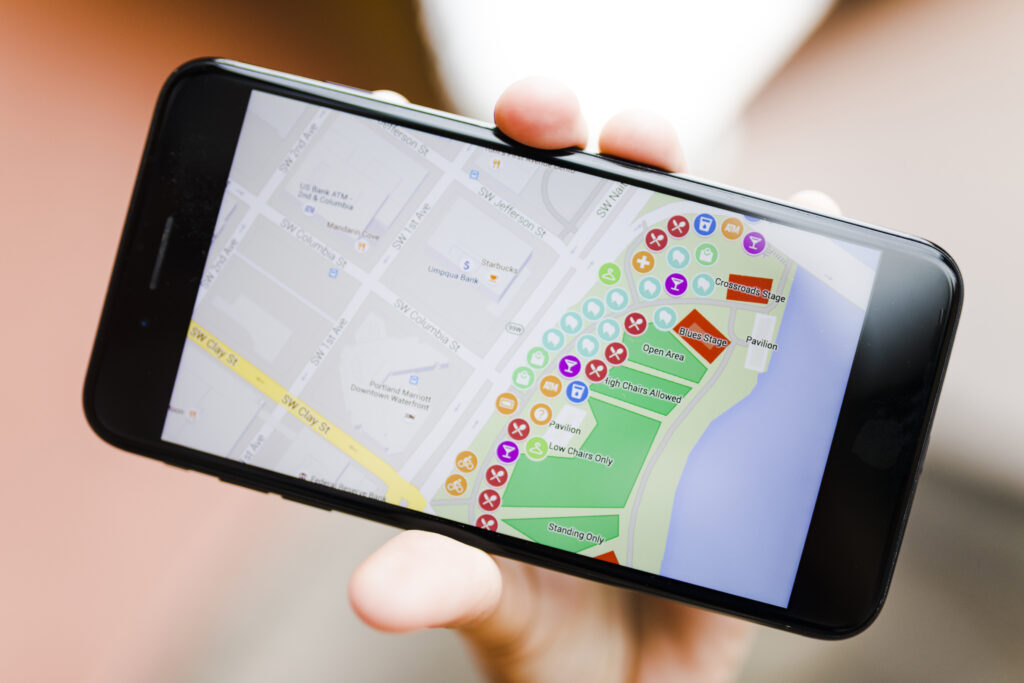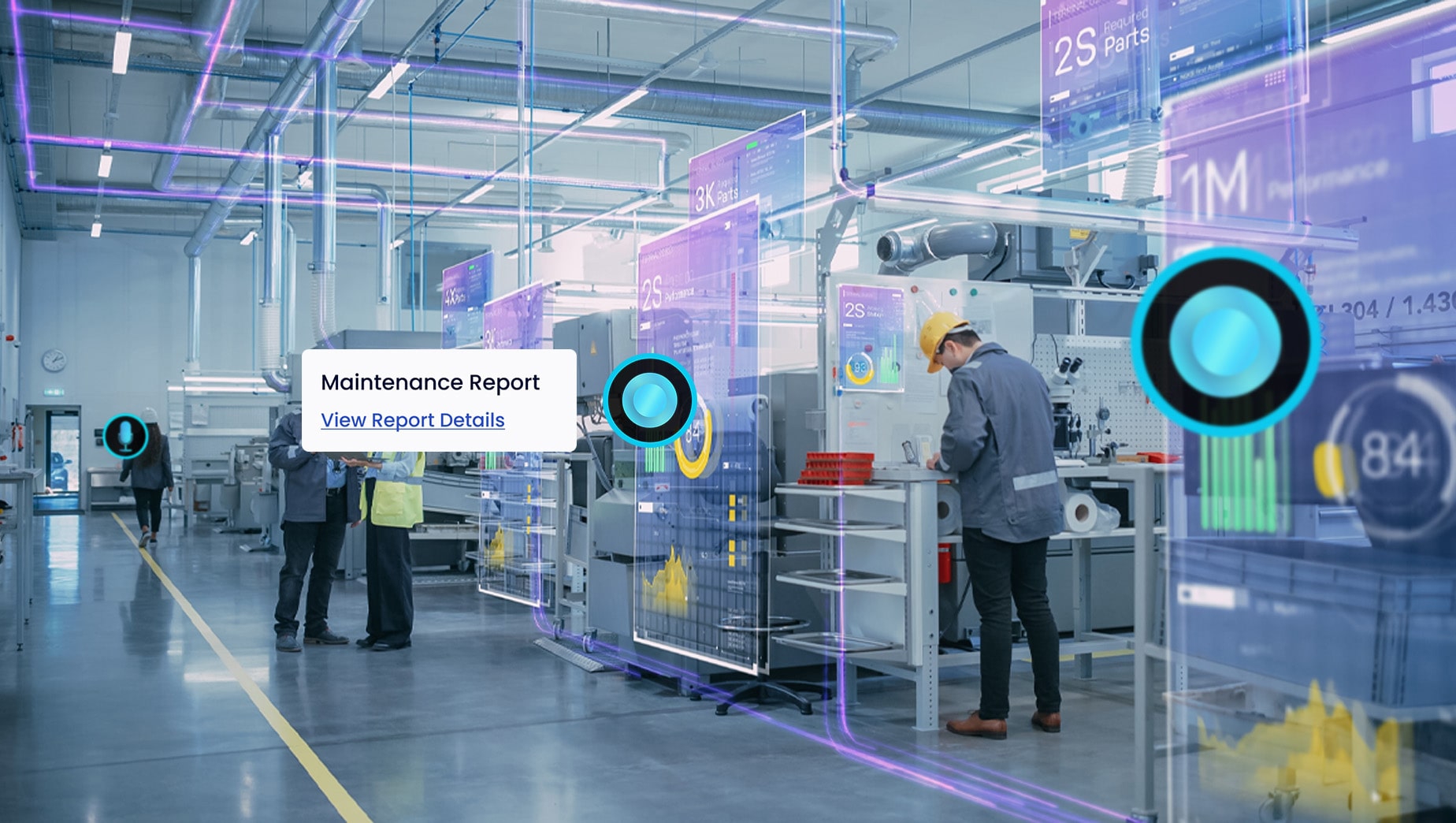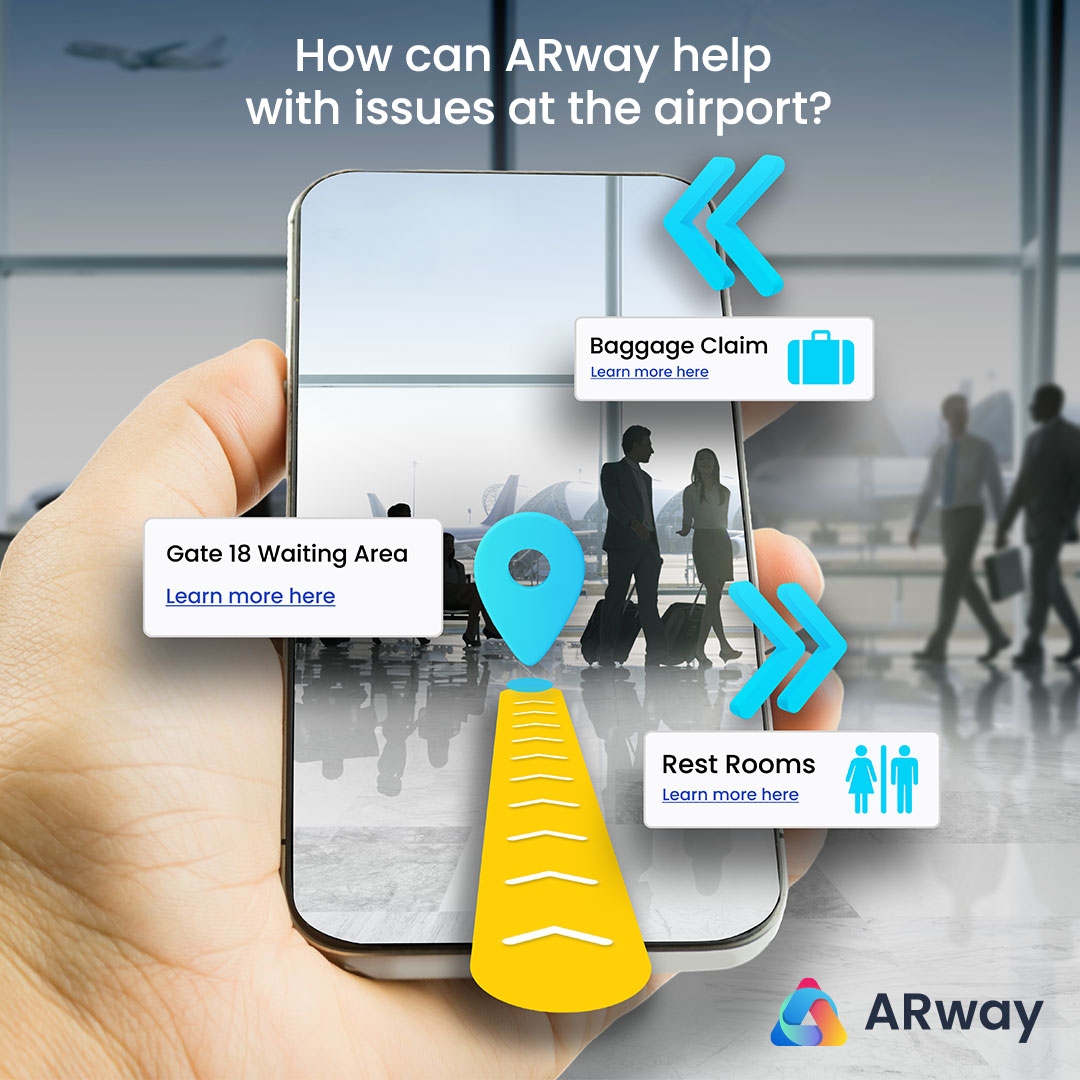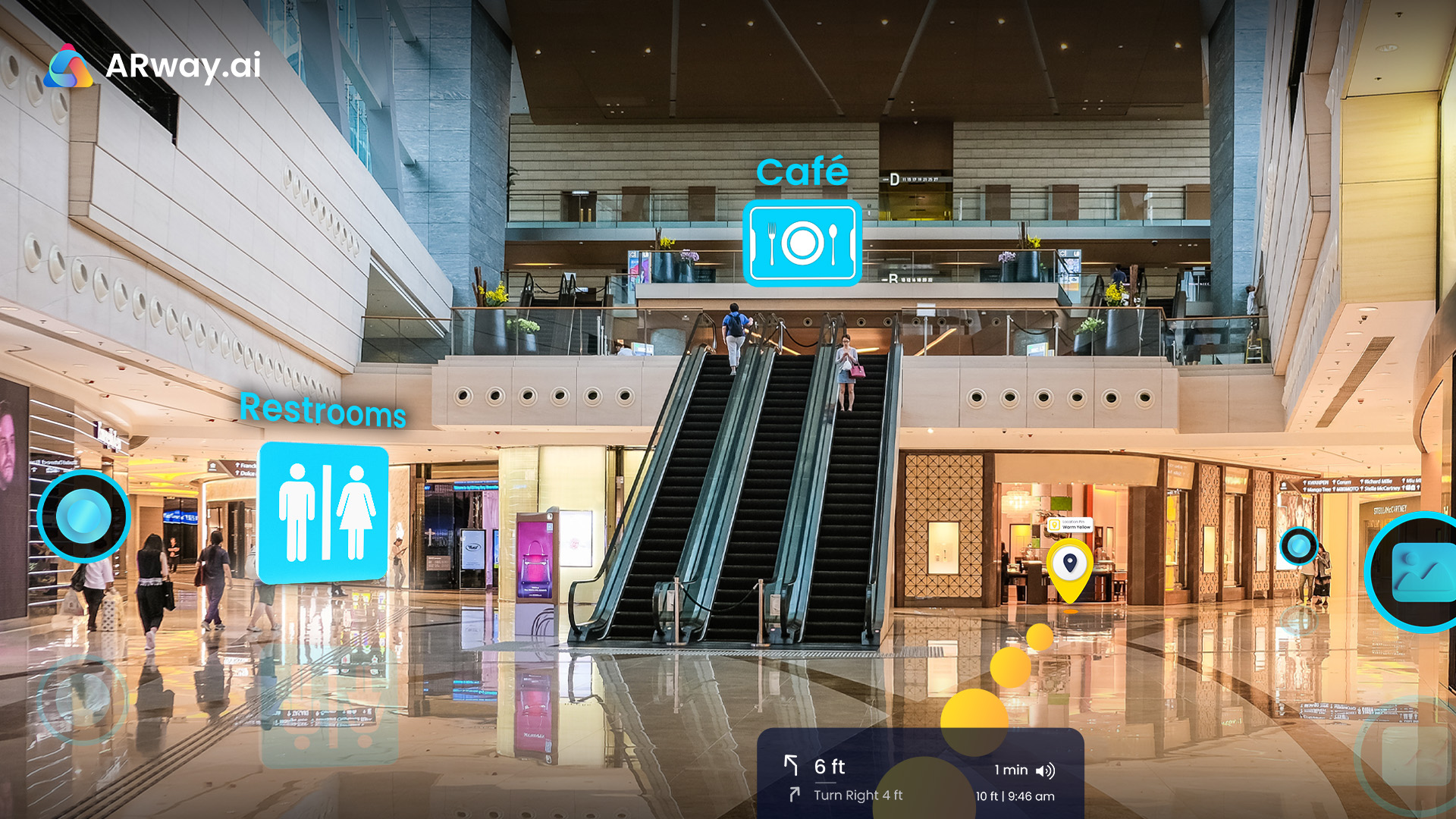How to create an impactful wayfinding strategy
If your customer gets lost at the venue, you’ve lost the customer (pun intended). Any business or facility that welcomes visitors or customers to their physical location needs a wayfinding system to enhance the customer experience. The importance of wayfinding is undisputed. Google Maps and Waze have ingrained self-sufficient navigation in users that it’s practically second nature. People pull out their phones to look for directions without even thinking about it. The same ease of use and convenience can be offered for indoor spaces with interactive digital wayfinding systems. But before you rush in to create your wayfinding system design, you need a well-planned wayfinding strategy.
Understand the user experience before you create your wayfinding system design
Step one is collecting and studying data on how visitors navigate your venue. Identify how they intuitively navigate your space without directions—this will help you create more natural paths.
The next consideration is familiarizing visitors with the environment. Your wayfinding system should not only help visitors get from location A to B but also seamlessly guide them through their surroundings, highlight points of interest, and entice them to revisit. A successful wayfinding strategy will help visitors truly understand their environment and enhance their experience, encouraging subsequent visits.
Reinforcing brand identity through signage is also important to create a strong brand connection with your visitors. Align your wayfinding system with your brand colors and symbols to foster greater brand recognition among your audience.
Considerations to keep in mind for building a successful wayfinding strategy
Accessibility
Whether you are building an offline or online wayfinding path – it needs to be easily accessible to all visitors. Navigation signage should be easy to discover, be visible to spot from a distance and be within reach of every visitor. This is where digital wayfinding systems prove more successful. ARway.ai allows inclusive access to an AR (augmented reality) wayfinding system with just a smartphone.
Crossroads / Decision points
An intersection or fork in the road is where the visitor makes a choice whether to take one path or another, and this juncture is referred to as a decision point. An efficient wayfinding system provides visual cues and knowledge to help the visitor make an informed decision about which route to select.
Clustering
Clustering in a wayfinding system means grouping related destinations, landmarks or points of interest together. For instance, grouping restaurants, washrooms and exits together. Clustering may help quickly identify and understand spatial relationships between different areas within a complicated venue. However it may also lead to sensory overload by confusing the visitor with too many signages or spots in a particular area. While designing your wayfinding strategy – it is important to consider whether you want to increase footfall in a certain area – then clustering can be employed to group similar spots together or you can choose to avoid it altogether so as to not overwhelm visitors.
Paths
The primary objective of a wayfinding strategy is to create efficient navigation routes or paths. Wayfinding systems work by designing clear pathways using landmarks. A good wayfinding system ensures that paths are intuitive and easily navigable for visitors.
Landmarks
A sign, store, room, fountain, tree—almost anything that visually stands out as easily identifiable and is more or less a permanent structure within the venue can be called a ‘landmark’. Landmarks are used as markers to orient visitors within the environment while using the wayfinding system. In short, they tell visitors, ‘You are here.’ They serve as anchor points that link a navigation path together.
Limit navigation options
While in some cases ‘variety is the spice of life’ and having choices is good, when it comes to providing visitors with navigation options, ‘less is more’. Limit navigation paths from point A to B to prevent visitors from getting sidetracked and to lead them quickly and efficiently to their destination.
Intuitive wayfinding system design
This is where you employ the considerations from your planning phase. Design your paths so that the directions seem natural. An intuitive path and design will help visitors understand the environment quickly. Avoid unnecessary turns and obstacles in the path. Ensure the design of your wayfinding system is user-friendly; signs and important information are in the natural line of sight for visitors. In digital way-finding systems, this becomes especially important to reduce cognitive load on the user and enhance their experience. Arway.ai has a clean interface that helps users understand at one glance where they are and swiftly comprehend the navigation paths.
Consistency
Consistency creates comfort. Your wayfinding system design must be consistent – employing the same brand colors, lighting, signs, and symbols throughout. ARway.ai helps you customize your wayfinding system to resonate with your brand aesthetics and create a navigation system that is truly yours – an extension of your brand’s unique identity.
The importance of building a digital wayfinding system
In today’s day and age where digital adoption has become almost universal – using technology is the norm. A digital wayfinding system provides the following benefits over traditional wayfinding systems-
- Dynamic Information that can adapt to changing traffic conditions, schedules and always be up-to-date
- Reduce Costs with easy updates, eliminating the need for creating physical displays
- Data Analytics
- Friendly, Personalized User-experience
ARway.ai – Design your own Interactive Wayfinding System
ARway.ai offers cutting-edge, no-code, augmented reality solutions to design your own interactive wayfinding system. You can transform your space with ARway’s spatial computing technology and SDK kits into easily navigable, futuristic spaces.
ARway.ai offers a quick-to-deploy SDK to build a technologically advanced wayfinding system in record time. Its capabilities include –
- Interactive navigation using augmented reality
- Directories with points of interest
- Multiple levels & floors
- Turn-by-turn & step-by-step navigation with visual guidance and audio narration
- AI-assisted optimized routes
- Immersive AR experiences along the paths
- Holographic tour guides
- Location-persistent AR content and experiences for targeted, timely engagement
- Location intelligence to track visitor interactions and movements
- Comprehensive data analytics for insights
- AR gamification opportunities
- AR-activated marketing campaigns
- Revenue-generating opportunities by monetizing the airspace
Click here for an in-depth understanding of ARway.ai and its features.
Click here to connect with us to launch a personalized wayfinding system for your venue.







